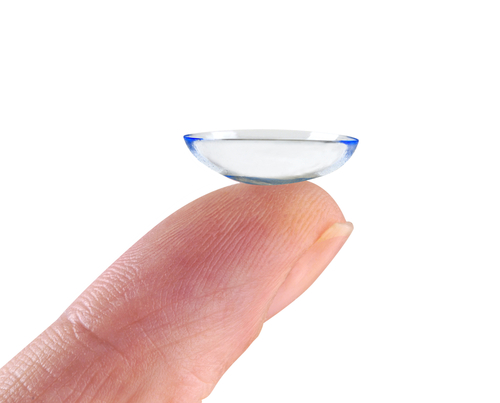Medical Applications: Nanomedicine in Diabetes Management
Nanotechnology has been implemented in many areas of medicine. One particular area of focus of Nanomedicine research is diabetes management. Along many promising solutions, may come the need for nurses to become adept to this novel way of patient care. Some examples are:
Glucose nanosensors
A‘smart tattoo’ composed of glucose-responsive, fluorescence-based nanosensors implanted into the skin but interrogated from outside the body, thus gives non-invasive measurements. In this method sensors that use fluorescence for detecting analyte changes.
Nanopumps
The nanopump is a powerful device and has many possible applications in the medical field. The pump injects insulin to the patient’s body in a constant rate, balancing the amount of sugars in his or her blood. The pump can also administer small drug dose over a long period of time.
Artificial pancreas
Development of an artificial pancreas could be the permanent solution for diabetic patients. A sensor electrode repeatedly measures the level of blood glucose; this information feeds into a small computer that energizes an infusion pump, and the needed units of insulin enter the bloodstream from a small reservoir.
Nanorobot
The concept and development of Nanorobots is being researched and may be utilized in the future. For example, currently in theory only, there is a kind of nano-artificial pancreas that when blood glucose levels increase, the sensors on the surface of the nano-artificial pancreas would record it and insulin would be released.
Contact lenses
These lenses are composed of flexible electrochemical biosensors for glucose monitoring in human tears. The integration of glucose biosensors into contact lenses has been realized by several research groups. Google Inc. recently announced a contact lens glucose sensor.1
Toolbox
- Rahiman S, TantryBA(2012) Nanomedicine Current Trends in Diabetes Management. J Nanomed Nanotechol 3:137. doi:10.4172/2157-7439.1000137
- Makaram, P., Owens, D., & Aceros, J. (2014). Trends in Nanomaterial-Based Non-Invasive Diabetes Sensing Technologies. Diagnostics, 4(2), 27–46. http://doi.org/10.3390/diagnostics4020027
